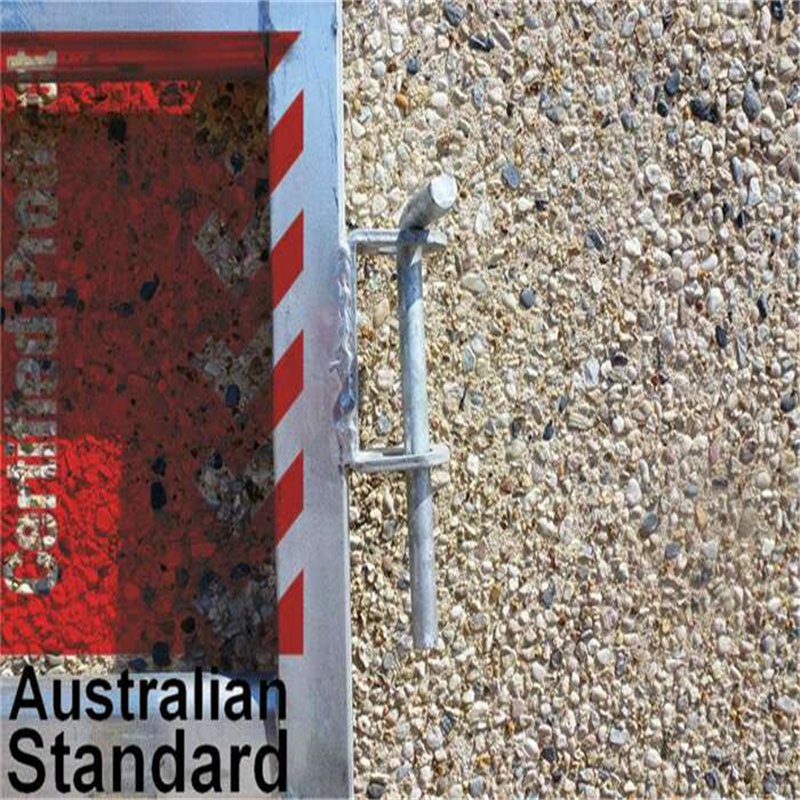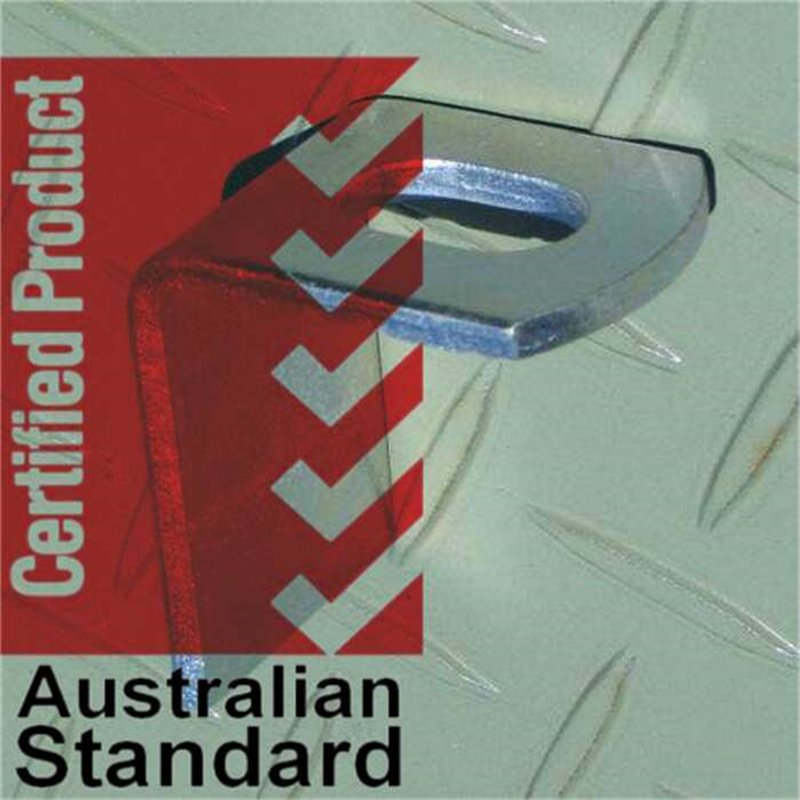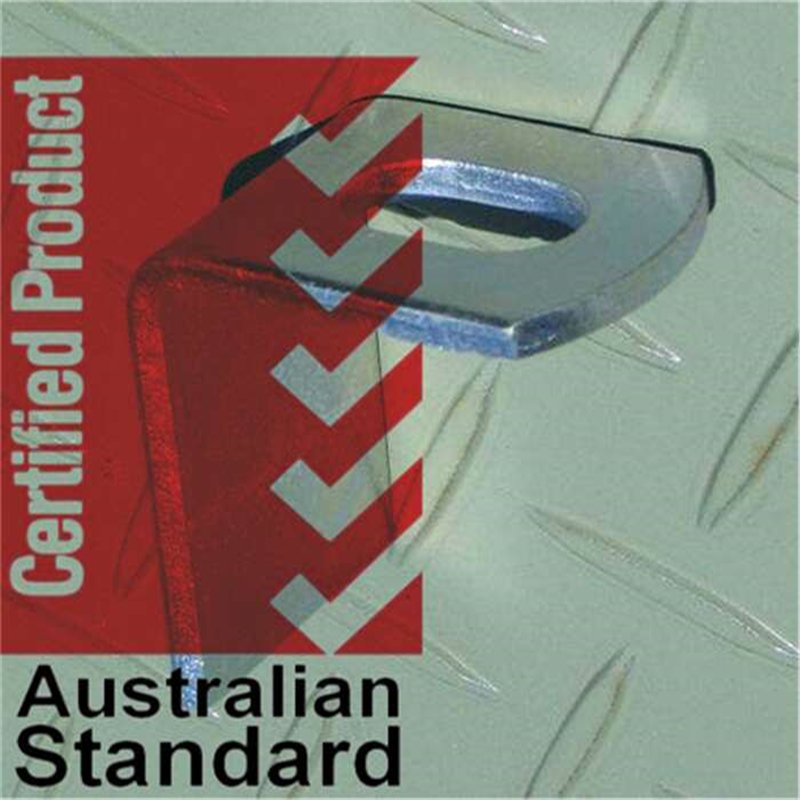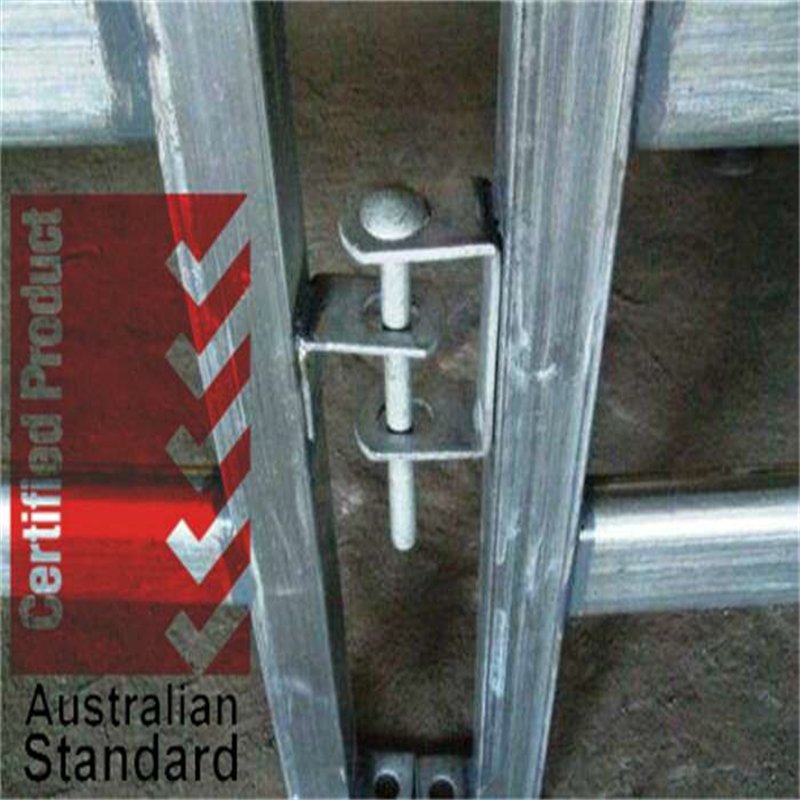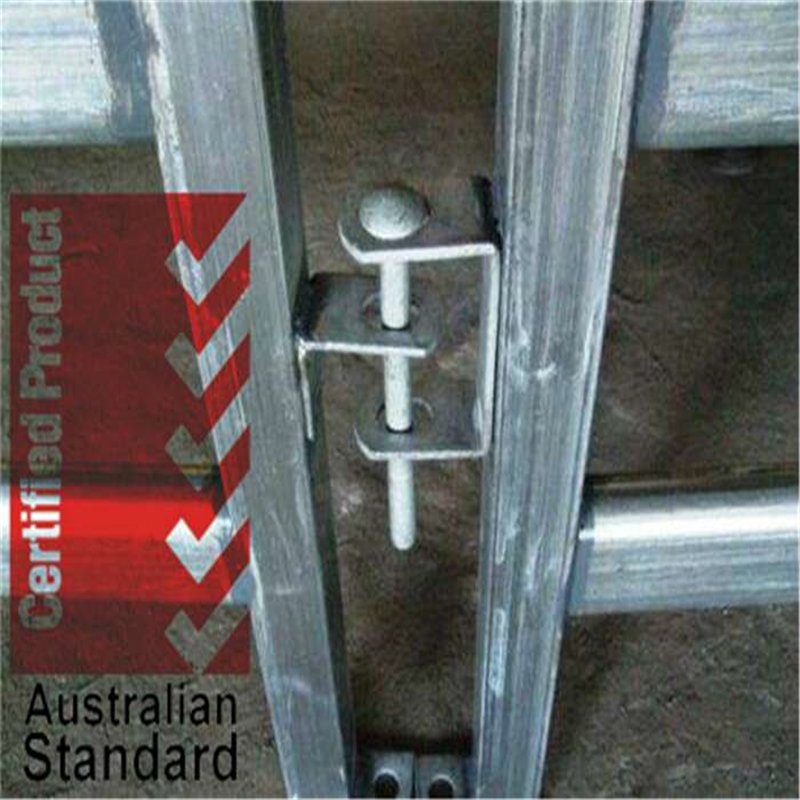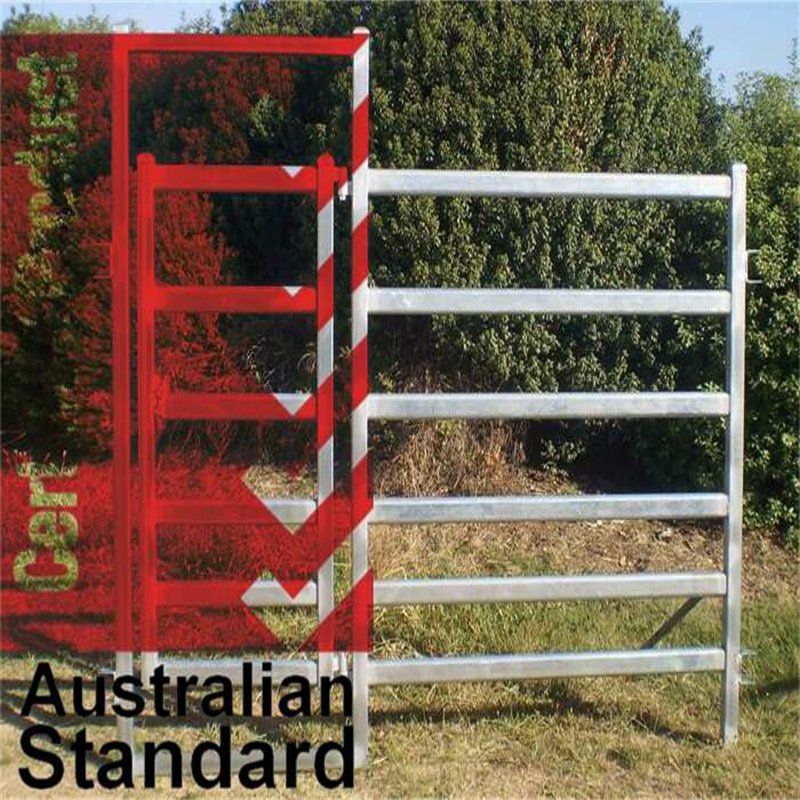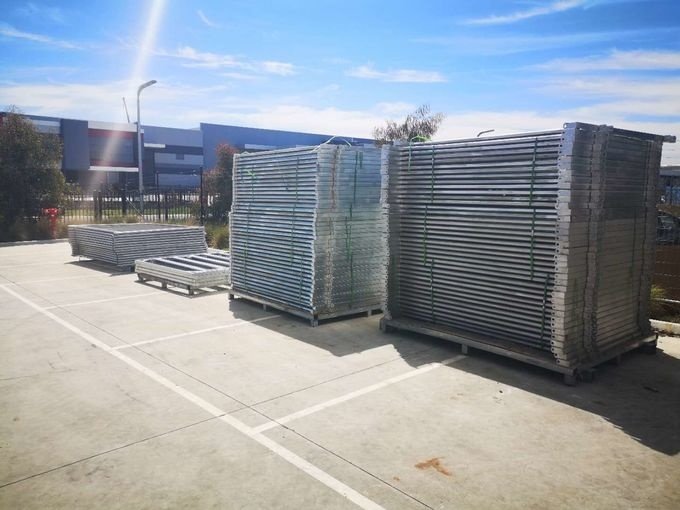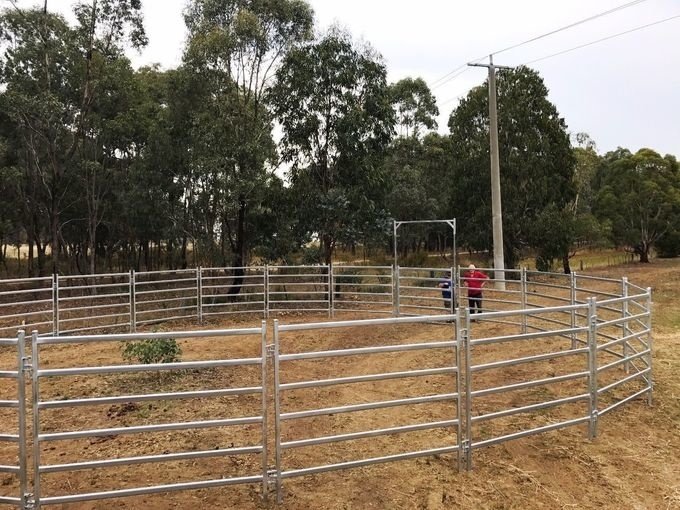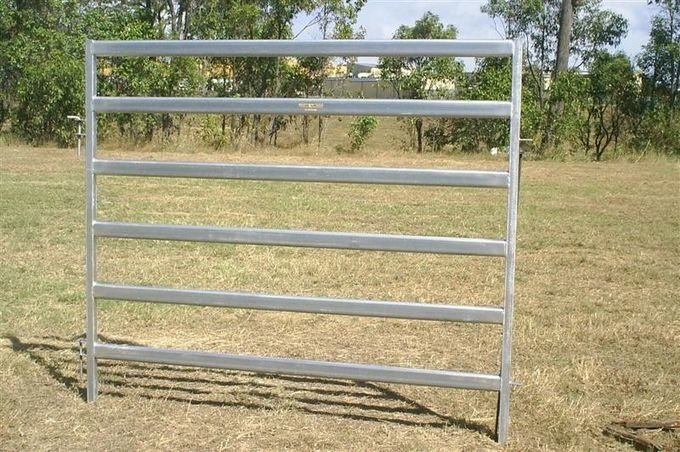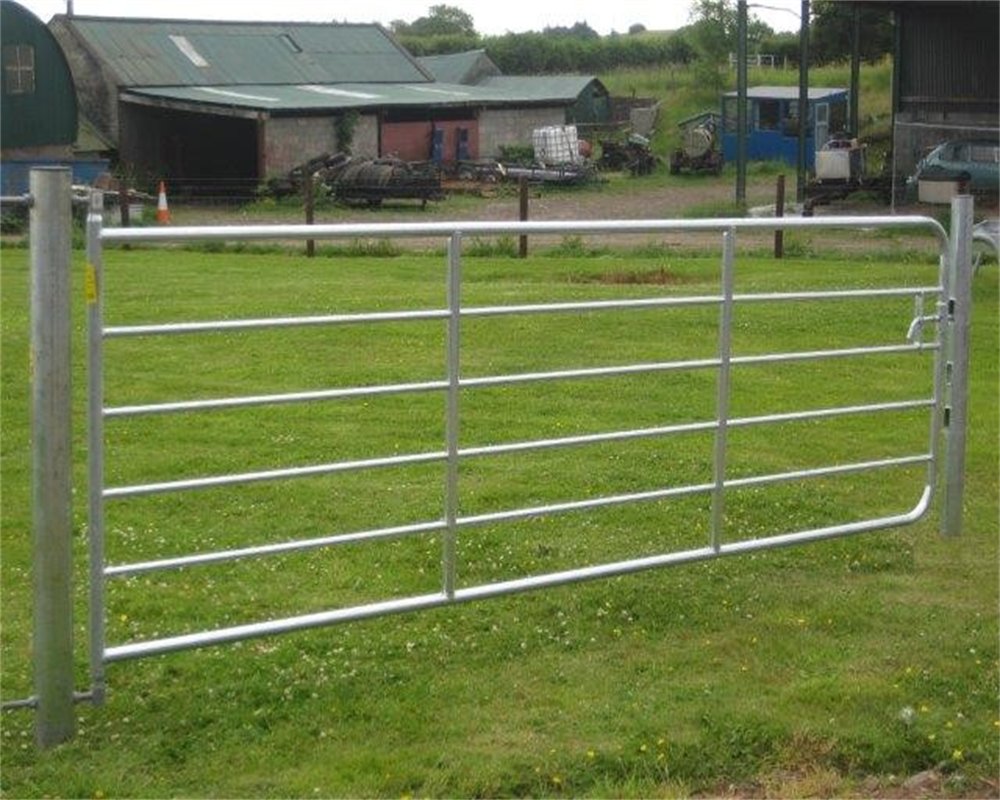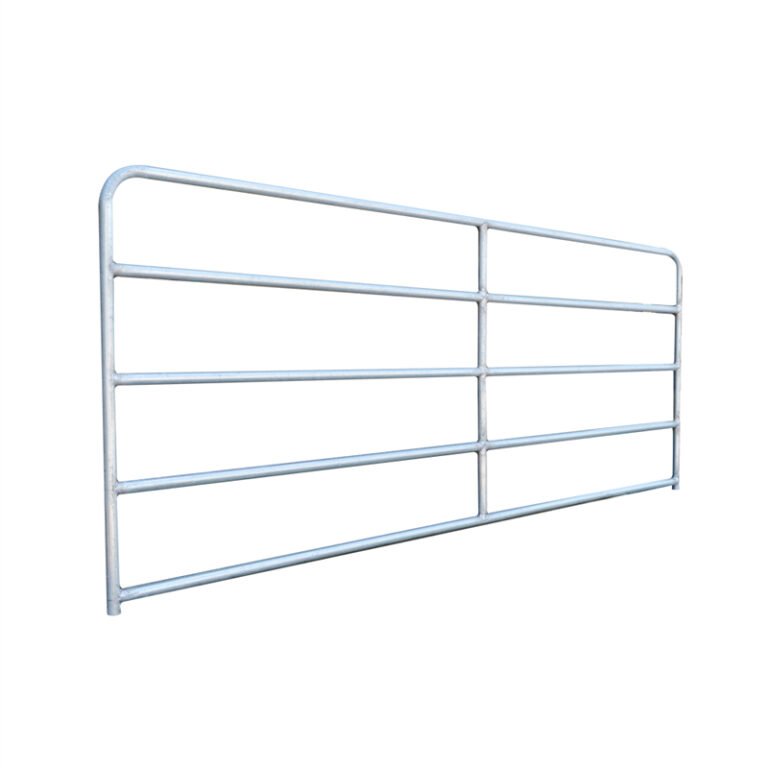Cattle Panel Fence: A Versatile Solution for Livestock Fencing
- Surface Treatment: Galvanized
- Weave Technique: Welding
- Material: Metal
- MOQ (Minimum Order Quantity): 100 PCS
- Feature: Easily Assembled, Eco-Friendly
- Type: Fence Accessories, Fence Gates, Fence Panels
- Frame Material: Metal
- Pressure Treated Wood Type: Nature
- Usage: Farm Fence
- Service: Instruction Book, Video of Installation
- Color: Customized Color
- Height: Custom Made
- Transport Package: Tray
- Specification: Custom Made
- Trademark:BMP
- Origin: China
- HS Code: 7308900000
- Production Capacity: 1000 Pieces/Month
- Price :23.34$-76.22$
- Description
 |
 |
 |
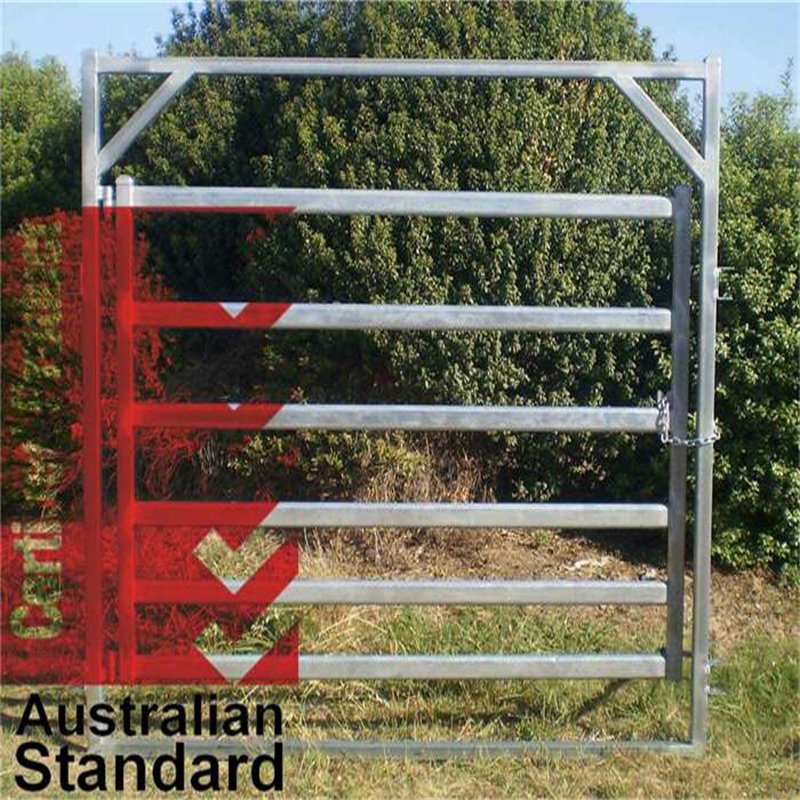 |
How to Choose the Right Cattle Panel Fence
Choosing the right cattle panel fence is crucial for effectively managing livestock and ensuring their safety. With various options available, it’s essential to consider several factors to find the best fit for your specific needs. Here’s a comprehensive guide to help you make an informed decision:
Material Quality
The quality of the material is a primary factor when selecting cattle panel fences. High-quality panels are typically made from hot-dip galvanized steel, known for its durability and resistance to rust and corrosion. This material ensures a long lifespan and can withstand harsh weather conditions, making it ideal for outdoor use.
Panel Size
Choosing the appropriate panel size is critical. Standard sizes often include 1.8m x 2.1m, 1.6m x 2.1m, and 1.8m x 2.4m. The height of the panels should be sufficient to prevent animals from jumping over, while the length should fit the dimensions of your enclosure. Assess the space you need to cover and the types of animals you’re containing to determine the best size.
Bar Spacing
The spacing between bars is another important consideration, particularly depending on the size of the livestock. For smaller animals like calves or sheep, closer spacing helps prevent escape. For larger animals such as cattle or horses, wider spacing may be appropriate. Ensuring the correct bar spacing not only keeps animals contained but also reduces the risk of injury.
Frame and Rail Design
The design of the frame and rails affects both the strength and safety of the panels. Options include round pipes, square tubes, and oval rails. Each design offers different benefits; for example, round pipes can provide a smooth surface that minimizes injury risk. Additionally, panels with rounded edges are generally safer for animals, as they reduce the chance of cuts and bruises.
Ease of Assembly
If you plan to move your fencing regularly, look for panels that are easy to assemble and disassemble. Features such as pins, lugs, and chains can make setup and breakdown quicker and more straightforward. This is particularly useful for temporary installations or when setting up in different locations.
Purpose and Use
Consider the specific purpose of the fence. For temporary setups, such as events or temporary holding areas, lightweight panels that are easy to transport are ideal. For permanent installations, choose sturdier and heavier panels that can withstand long-term use and provide robust protection.
Custom Features
Sometimes, standard panels may not meet all your requirements. In such cases, look for suppliers that offer customization options, such as integrated gates or panels in non-standard sizes. Additional features like extra C and L lugs can help integrate new panels into existing setups seamlessly.
Safety Features
Safety is paramount when selecting cattle panels. Look for features like smooth finishes and rounded edges, which help prevent injuries to both animals and handlers. Ensuring that all surfaces are properly finished reduces the risk of cuts and abrasions, making the panels safer to use.
Cost
While cost is always a consideration, it’s important to balance price with quality. Investing in higher-quality panels may involve a larger upfront cost but can save money in the long run due to greater durability and reduced maintenance needs.
Supplier Reputation
Finally, consider the reputation of the supplier. A reputable supplier with a track record of high-quality products and good customer service can provide peace of mind. Check customer reviews and ask for recommendations to ensure you’re purchasing from a reliable source.
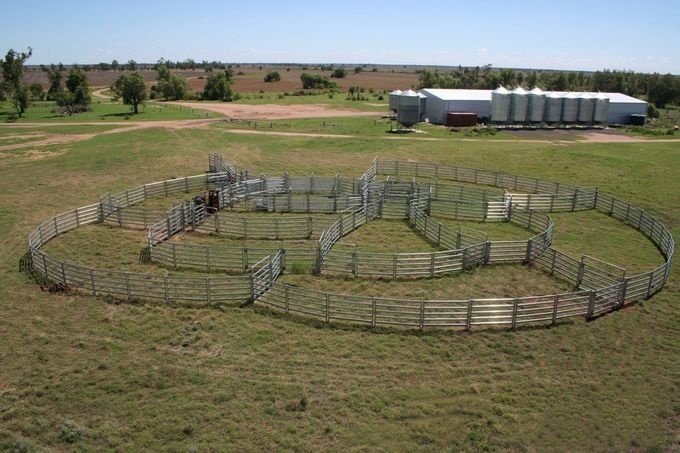

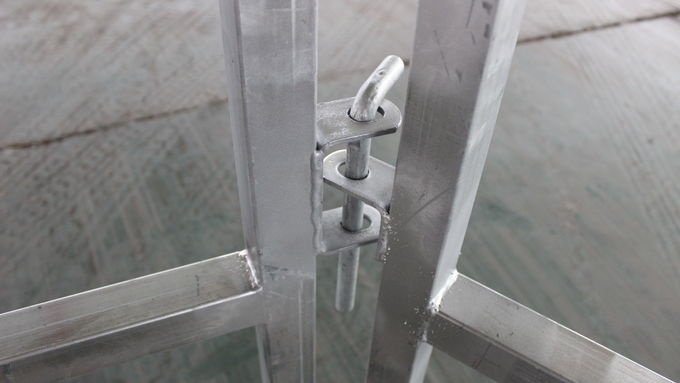

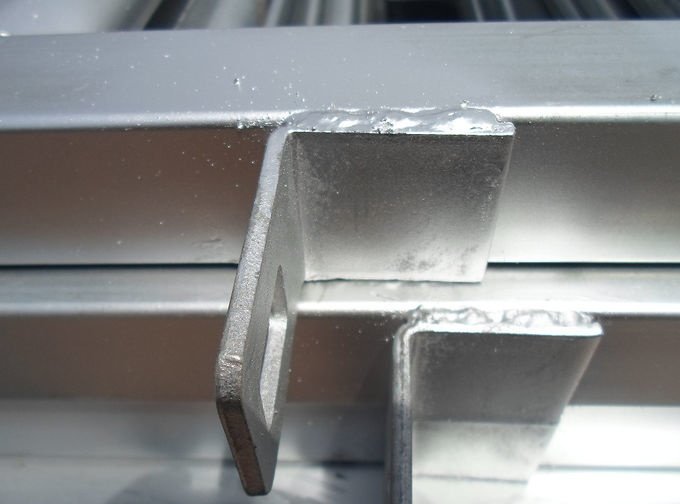
Advantages of we supplied cattle panel fence.
Our cattle panel fence with the following five main advantages, since the 2006 year we have been supplying high-quality cattle fence
1. Portable: easy, fast to handle (set up, remove and put down), makes the fence panel very flexible.
2. Robust: the interlocking system makes the fence very stable; quality steel and fully welding make
the pcattle panel fence stronger; heavy-duty and anti-broken; high zinc or PVC coated to make the fence
durable.
3. Environment Protection: connection with welded bracket lugs and joining pins; no need to dig
holes or lay foundations. And it benefits grassland protection.
4. Livestock Protection: no sharp edge, very smooth welding spot finished
5. Cost-effective: give your corral years of service and minimal maintenance at a low initial cost
Specification of cattle panel fence
| Panel size | 1.8X2.1m | Six rails/bars |
| 1.6×2.1m | Five rails/bars | |
| Pole style | Square pipe | cattle panel fence frame 40x40mm/50x50mm O.D. |
| Round pipe | 32mmO.D. | |
| Oval pipe | 30x60mm/40x80mm O.D. | |
| Pole thickness | 1.6mm | |
| Panel gate | Specifications on your demands | |
| Zinc coating | 120g/m2 | |
Gate
our cattle panel fence gate specification is not limited with 2200x2000mm more flexible designs available, please feel free to contact us
| Height x Length: | 2200mm x 2000mm |
| Frame: | Horizontal & Vertical pipe: 50 mm x 50 mm RHS x 1.8 mm thick with fully welded caps |
| Cattle Gate Horizontal rail: | 40 mm x 80 mm x 1.6mm thick x 6 oval rails |
| cattle panel fence gate Finishing: | Hot dipped galvanised, zinc coating: more than 15 microns. Fully welded oval pipes, post &brackets, heavy-duty hinges |

Features
Our superior cattle panel fence that is built from 50mm x 50mm uprights and 1.6mm thick, with five ovals 120mm x 30mm and 1.8mm thick, comes with pins and brackets to lock the panels together, metal-capped to keep the rain out, and bottom plate to make sure you can secure them to the ground. This product is sturdy and reliable, and there is no fear that the structure will collapse. It is made from the highest quality of galvanised steel and chain link mesh. Our standard galvanised cattle panel have six rails and is 2.1m long and 1.8m high. We can also manufacture cattle panels to customer length or height.
1. All cattle panel fence will pass a quality inspection before shipping them out.
2. Best after-sale service: A customer can follow their order situation, whether production line, warehouse or shipment.
3. More than six years of experience in export to handle your order more smoothly.
4. Less than one container loading is accepted.
5. On-time delivery, in general, 20-30 days
6. Multimode payment, L/C, T/T, etc.
7. Special dimension cattle panel fence is available according to your request.
Applications of Cattle Panel Fence
Cattle panel fences work well for various uses on a farm. They help contain and manage cattle, horses, sheep, and other livestock. Use them to create secure enclosures or pens for animals, or to build temporary or permanent fencing. These panels also serve as barriers in gardens or fields to keep animals out or to protect specific areas. Additionally, cattle panel fences are useful in setting up arenas for training or events and can create safe pathways or holding areas during livestock transport.
Corral Panels, Cattle Panels

